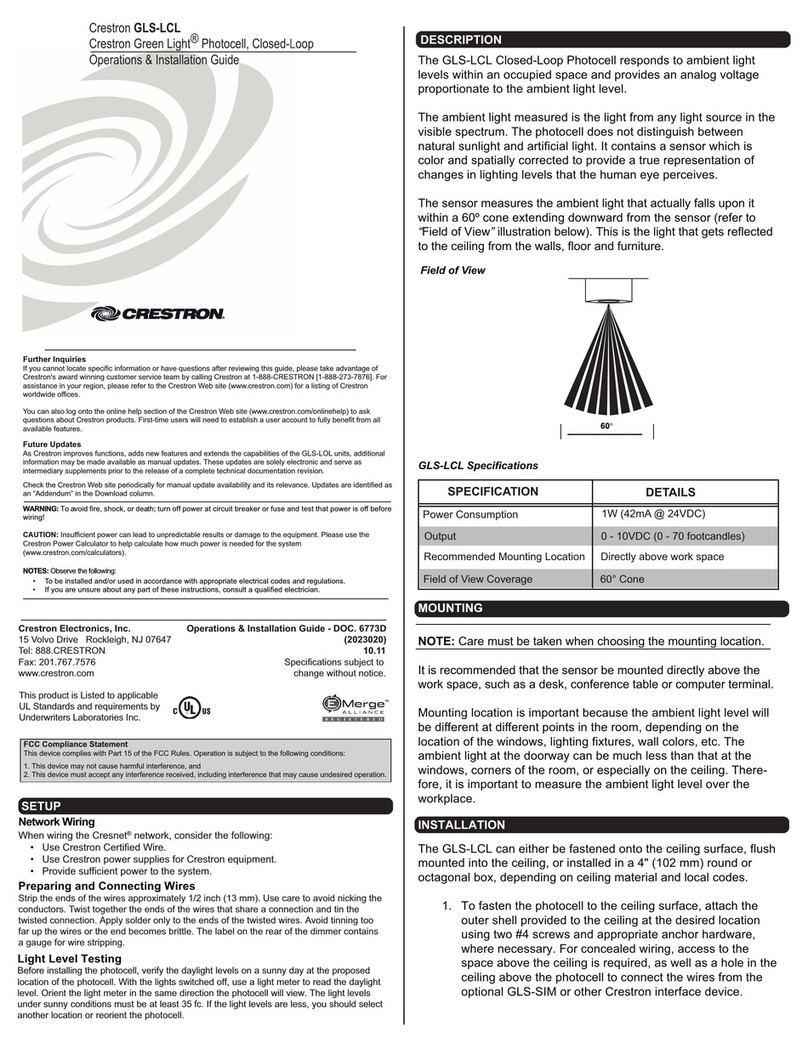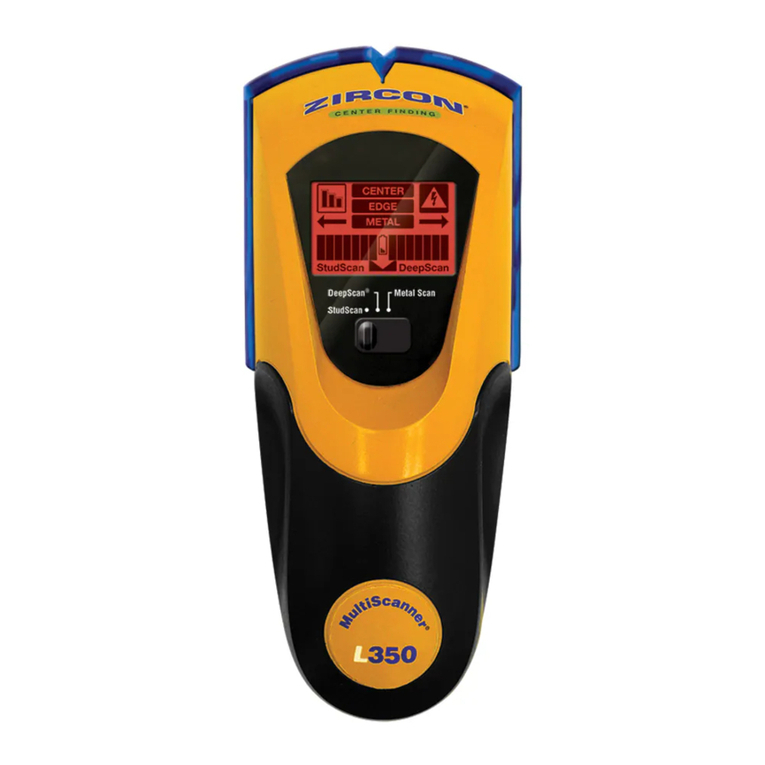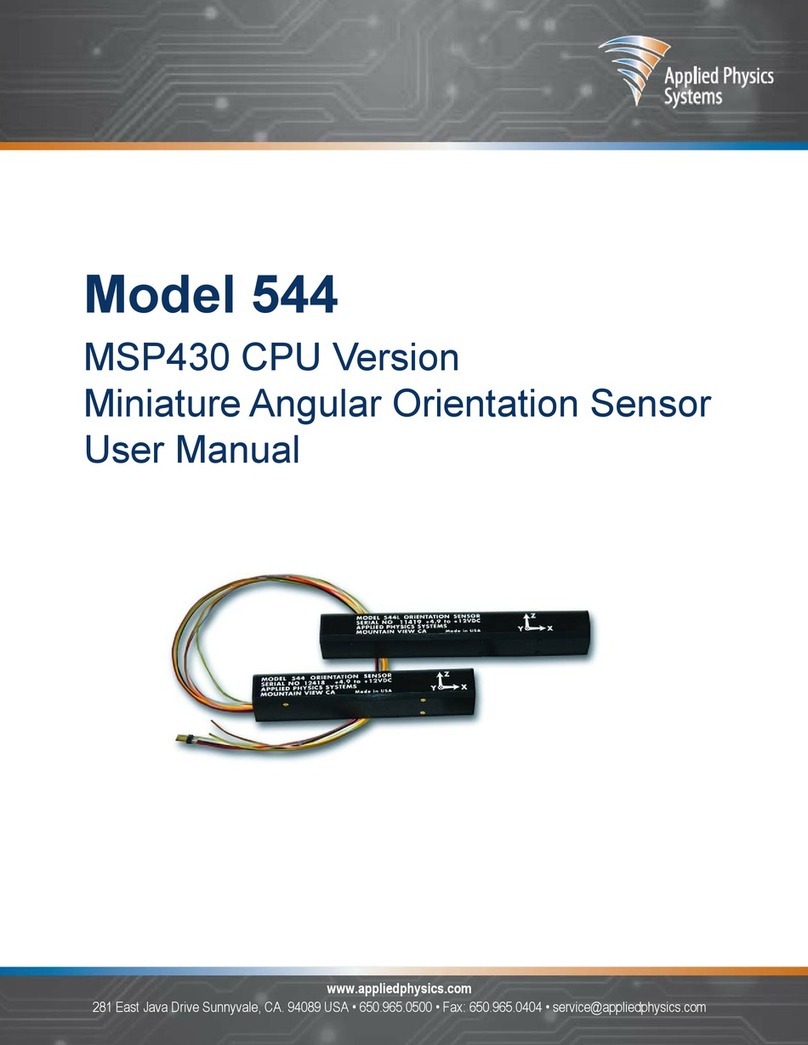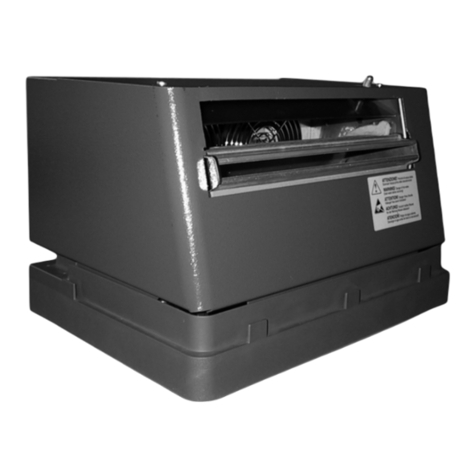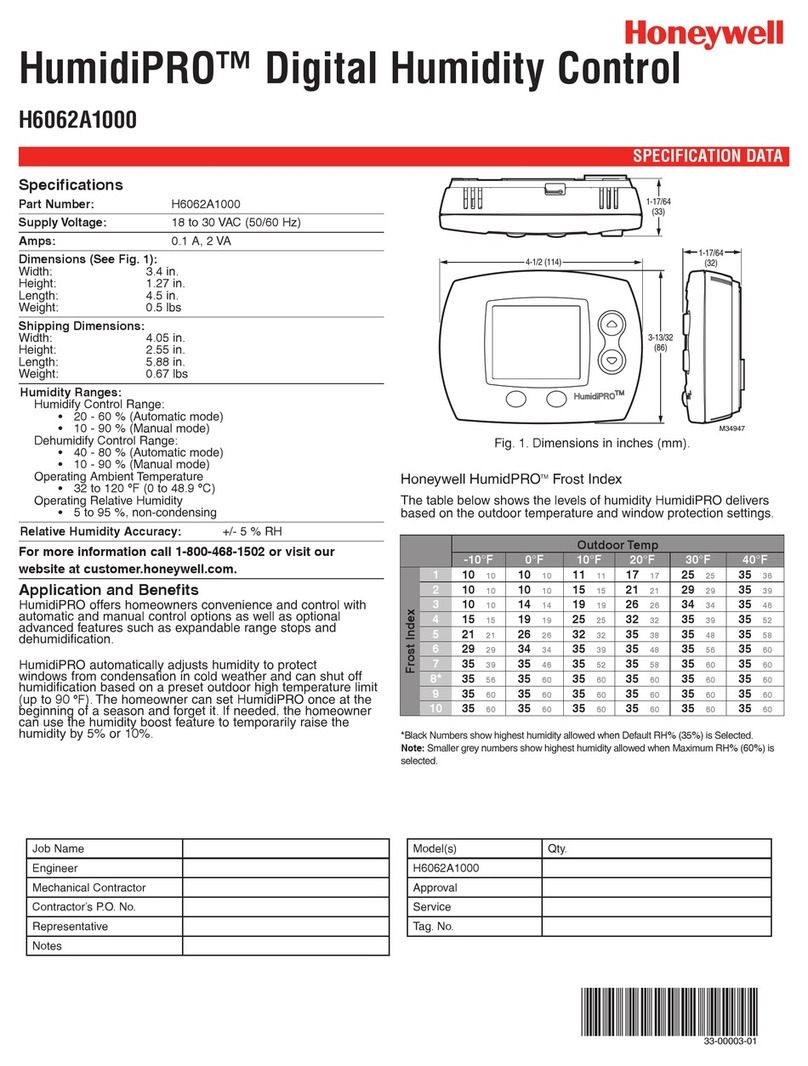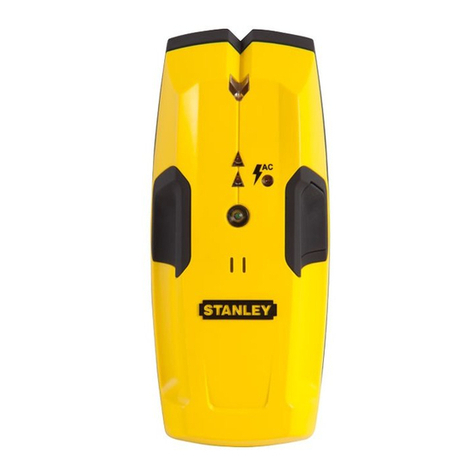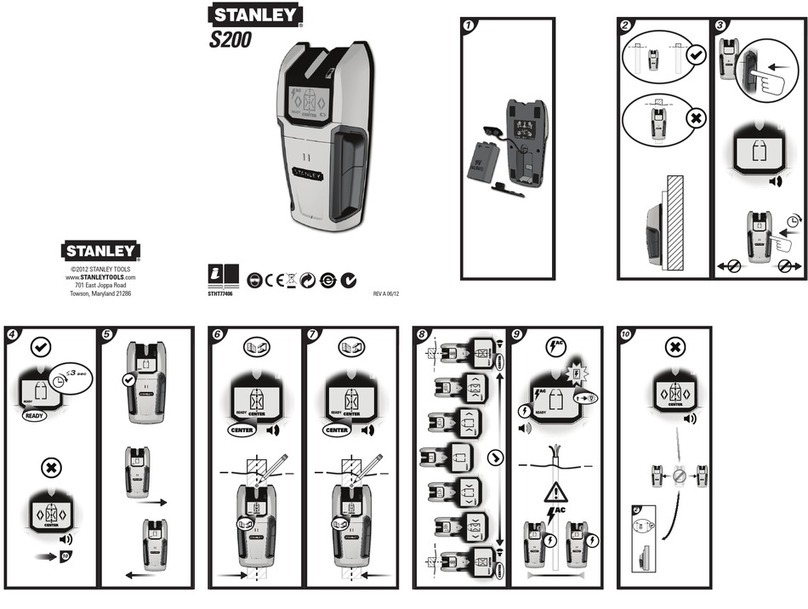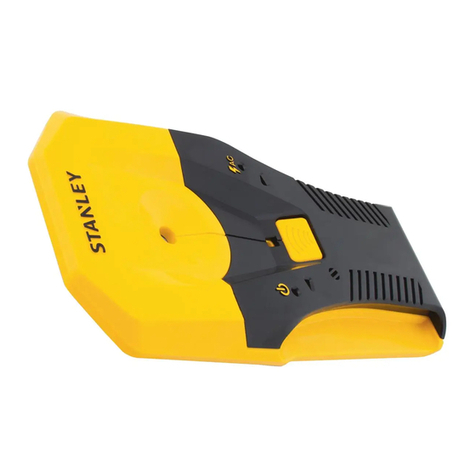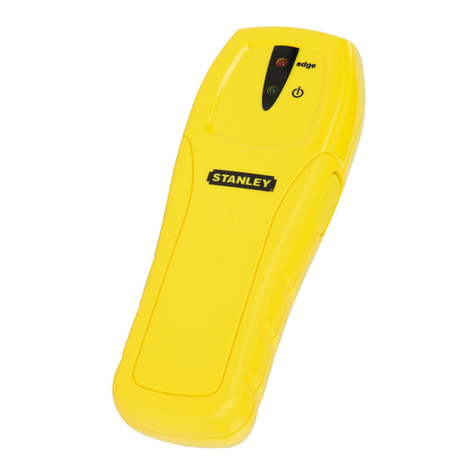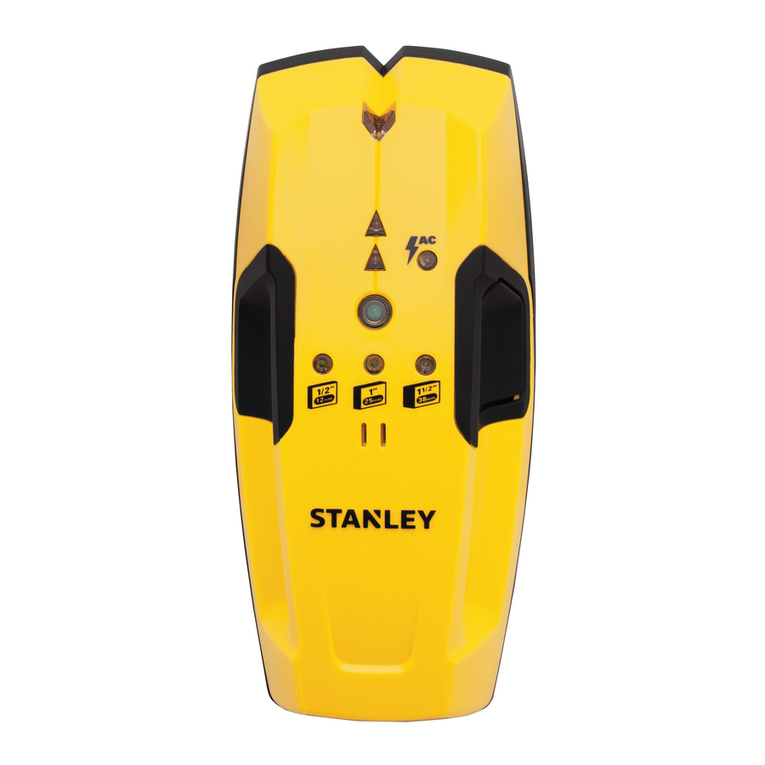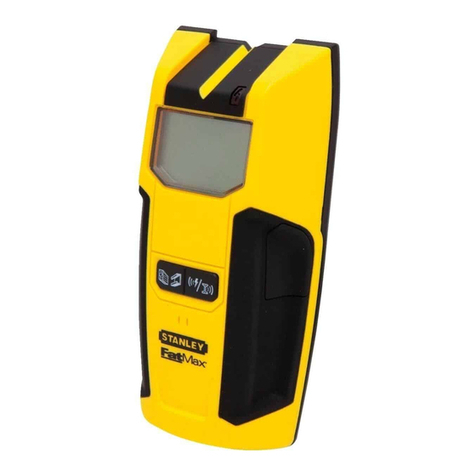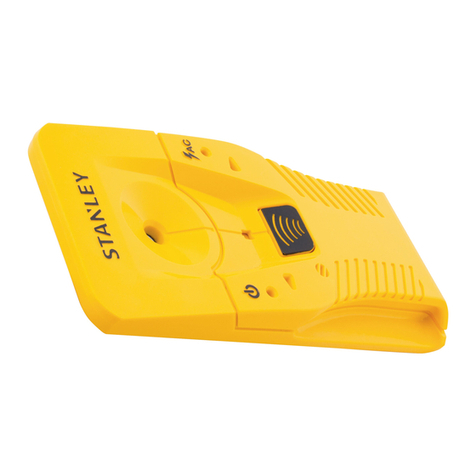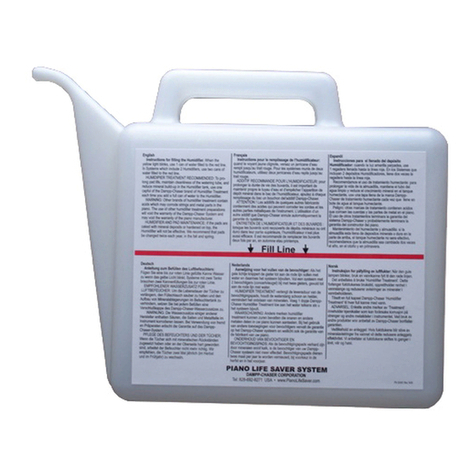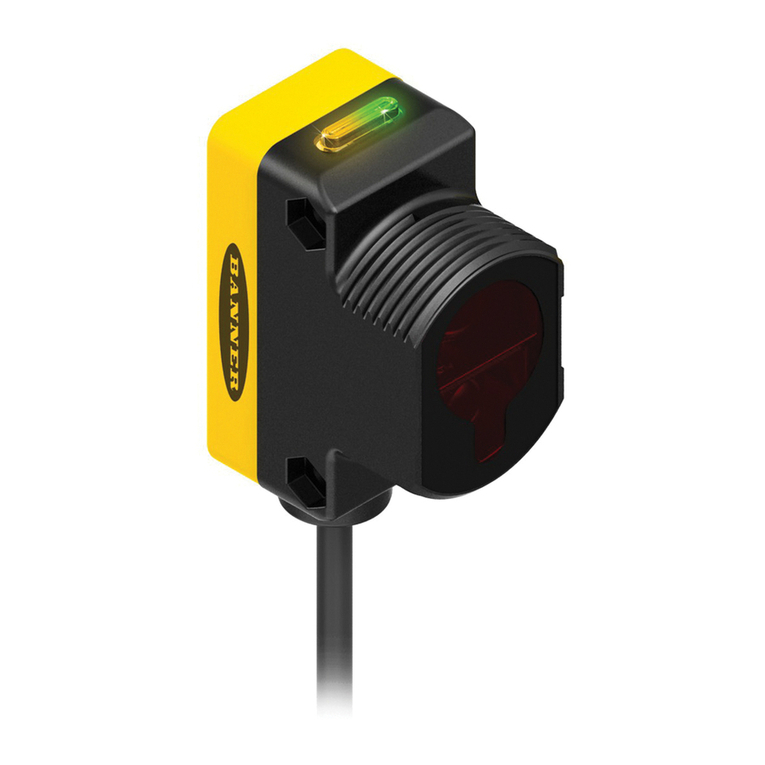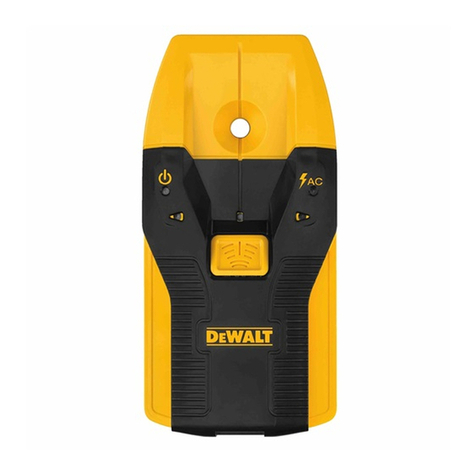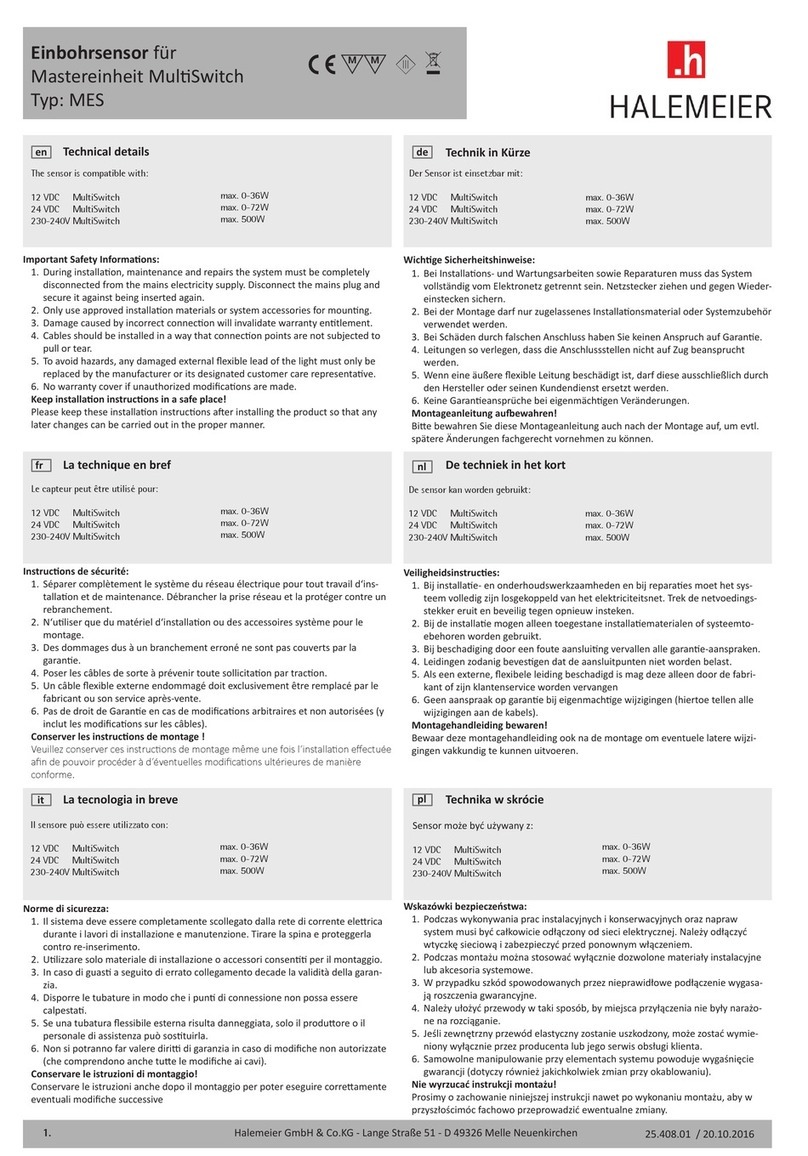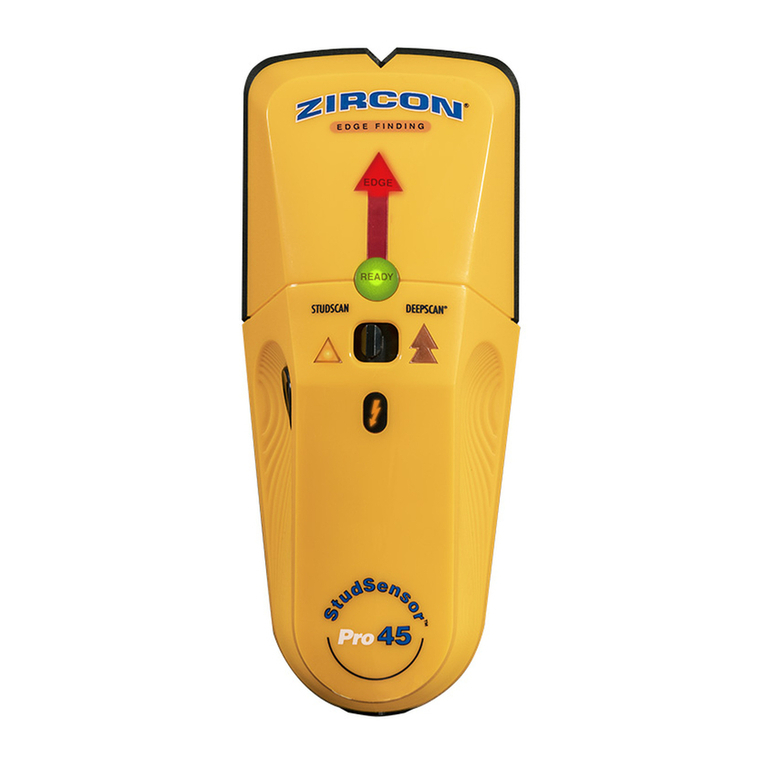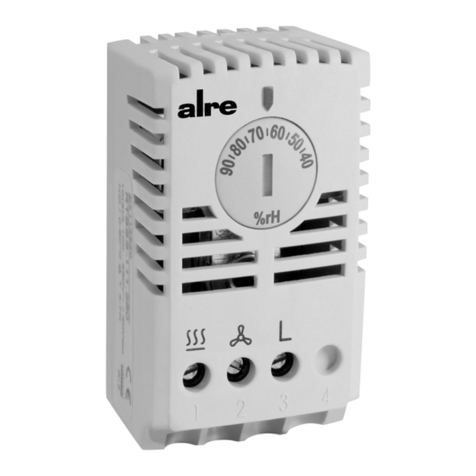Surface Differences
Wallpaper
–There willbe nodifference inthe
functionof theIntelliSensor™ StudSensor on
surfacescovered withwallpaper orfabric
unlessthe coveringsused containmetallic foil
orfibers.
Plaster and Lath –
Unless lath and plaster
construction is excessively thick, there will
be no problem with proper functioning of the
IntelliSensor™ unit.
Ceilings –
Whendealing witha roughsurface
such as a sprayed ceiling, utilize a piece
of cardboard when scanning the surface.
Run through the calibration technique
described earlier with the piece of cardboard
too, to assure best performance of the unit.
Also, it is particularly important in this appli-
cation to remember to keep your free hand
away from the unit.
Specifications
Utilizing the procedure of scanning and marking
from two sides, the IntelliSensor™ unit will find
thestud centerwithin 1/8"accuracy forwood and
1/4"accuracy formetal.
When measuring a wood stud under 3/4" drywall,
it is recommended the IntelliSensorTM to be used
at 35-55% relative humidity.
ShockResistance:Resistanttoshockfrom3feetdropped
ontoconcrete.
WaterResistance:Waterresistant,butnotwaterproof.
OperatingTemperature:+20°Fto+120°F(-7°Cto+49°C)
StorageTemperature:-20°Fto+150°F(-29°Cto+66°C)
linteaux pour la construction des portes et
fenêtres.Le détecteur de montants IntelliSensor™
repère l’extrémité de ces montants doubles et
des linteaux solides et émet un signal sonore
continu lorsqu'il en trouve sur son passage.
Différences de Surface
Papier Peint –
Ledétecteur demontants
IntelliSensor™fonctionnede lamême façon
surles surfacesrecouvertes depapier peint
oude tissu,sauf sile revêtementmural
contientdes feuillesou desfibres métalliques.
Latte et Plâtre –
L’IntelliSensor™fonctionne
normalementsur desconstructions enlatte et
enplâtre, àmoins quele revêtementne soit
particulièrementépais.
Plafonds –
Lorsquevous travaillezsur une
surfacerugueuse tellequ’un plafondvaporisé,
servez-vousd’un morceaude cartonlorsque
vouspassez lasurface audétecteur.Utilisez la
technique d’étalonnage décrite ci-dessous À
L’AIDE d’un morceau de carton, pour garantir
le meilleur rendement possible. Il est tout
particulièrement important dans ce cas que
vous vous souveniez de tenir votre main libre
à distance de l'appareil.
ofthe followingprocedures.
Note:While calibrating, the IntelliSensor
™
Stud
Sensormust not be placed directly overa stud,dense
materialsuch as metal, or overa wetor newly painted
area,or it will not properlycalibrate. Moveto a different
locationand try again.
Usage:
•Slidethe IntelliSensor™unitslowly across
thesurface ina straightline . Asit moves
closerto thestud, redLEDs willgo on.When it
detectsthe studedge, thetop LEDwill goon and
anaudio tonewill sound .
•Usethe handypencil holemarker onthe
IntelliSensor™unitto markthe studedge.
•Doublecheck studlocation bycoming from
theopposite direction.Make additionalmarkings.
Themidpoint ofthe twomarks indicatesthe stud
center , .
Cautions on Operating
Theproximity ofelectrical wiringor pipesto the
surfaceof thewall maycause theIntelliSensor™
unitto detectthem asstuds. Youshould always
usecaution whennailing, cuttingor drillingin
walls,ceilings andfloors thatmay containthese
items.Always rememberthat studsor joistsare
normallyspaced 16inches or24 inchesapart
andare 1-1/2inches inwidth. Toavoidsurprises
beaware thatanything closertogether orof a
differentwidth maynot bea stud,joist orfire break.
laDEL rougesupérieure s’allumeet unetonalité
sefait entendre .
•Servez-vousdu marqueuret dutrou quia été
aménagésur l’IntelliSensor™pourmarquer le
borddu montant.
•Vérifiezà nouveaul’emplacement dumontant
envous enapprochant depuisla direction
opposée.Faites d'autresmarques. Lepoint situé
entreces deuxmarques correspondau centre
dumontant , .
Misesen garde relatives au fonctionnement
Ledétecteur IntelliSensor™risquede détecterdes
filsélectriques oudes tuyauxse trouvantproches
dela surfacedu mur,comme s’ils’agissait de
montants.Prenez toujoursdes précautionslorsque
vousenfoncez desclous etdécoupez oupercez
desmurs, desplafonds etdes solsqui risquentde
renfermerfils électriqueset tuyaux.Rappelez-vous
toujours que les montants ou solives sont
normalement espacés de 45 à 60 cm environ
et sont d’une largeur allant de 2,5 à 3,7 cm.
Pour éviter les mauvaises surprises, sachez que
des éléments plus rapprochés ou dont la largeur
est inférieureàces valeursrisquent d’êtreautre
chosequ’un montant,une soliveou uncoupe-feu.
Assurez-vousde toujourscouper lecourant avant
detravailler àproximité defils électriques.
4
2
17
15
Assurez-vousde toujours couper
lecourant avant de travailler à
proximitéde fils électriques.
